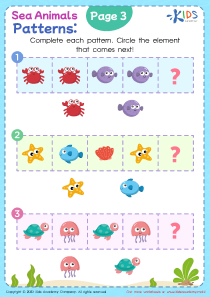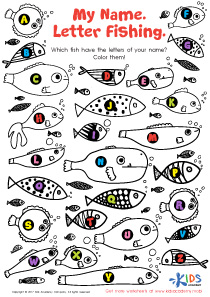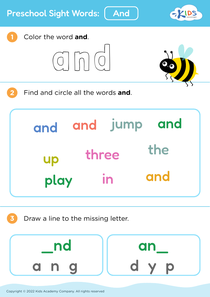Handwriting improvement Preschool ABC Order Worksheets
3 filtered results
-
From - To
Enhance your child's handwriting skills with our engaging Preschool ABC Order Worksheets, specifically designed for early learners. These worksheets not only introduce the alphabet but also promote proper letter formation and writing techniques. By practicing letter sequencing, children will develop their fine motor skills while gaining confidence in their writing abilities. Each worksheet is filled with fun activities that keep young learners motivated and excited about handwriting. Perfect for use at home or in the classroom, our resources cater to various learning styles. Help your child take their first steps towards effective handwriting with our vibrant, interactive ABC Order Worksheets!
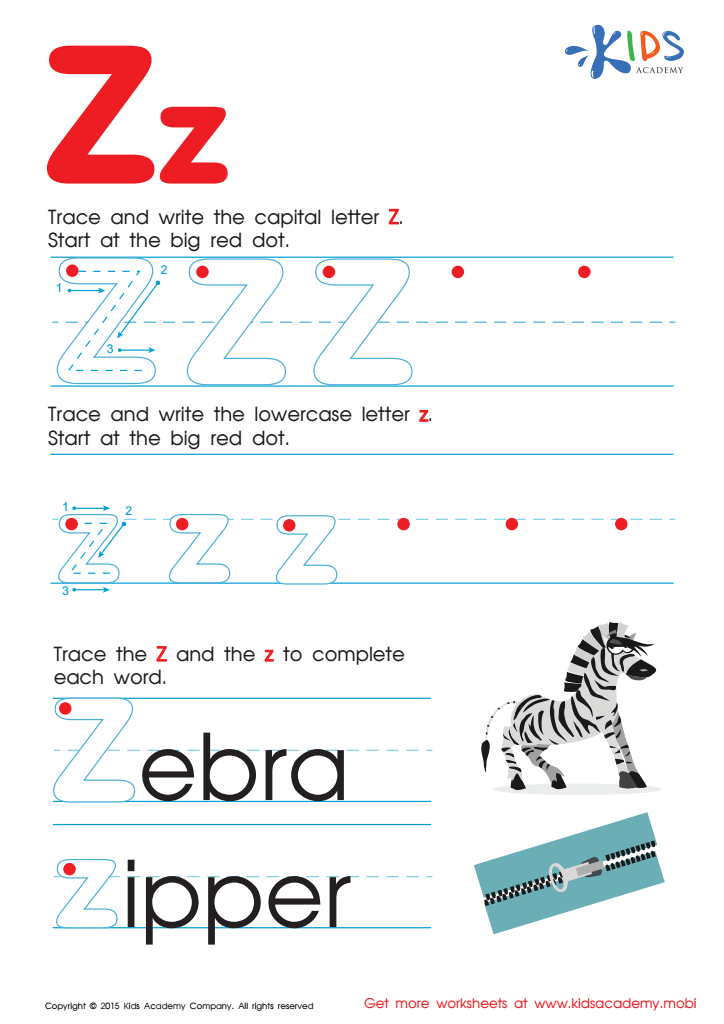

Letter Z Tracing Page
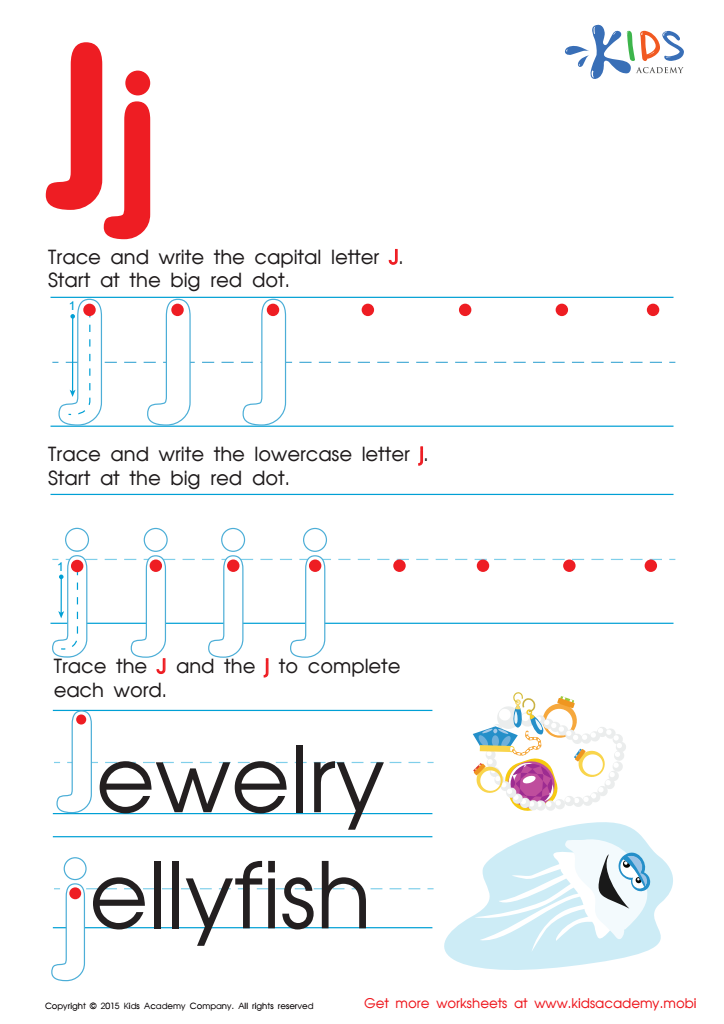

Letter J Tracing Page
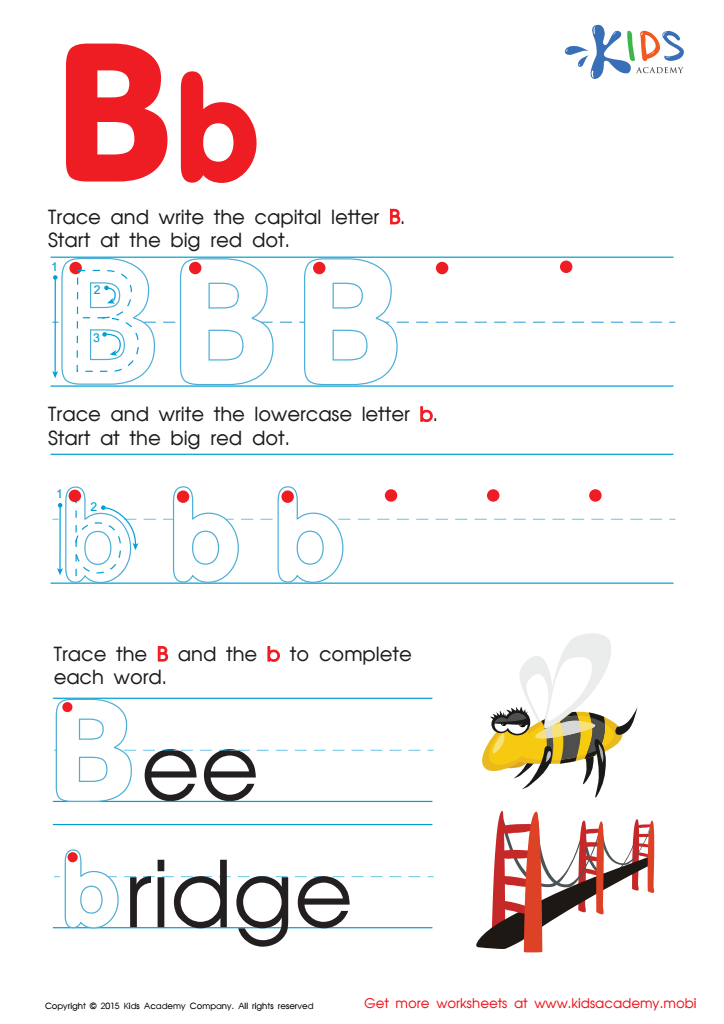

Letter B Tracing Page
Handwriting improvement, especially regarding mastering the ABCs and proper letter formation, is crucial for preschoolers in their early educational journey. For parents and teachers, nurturing this foundational skill is essential for several reasons.
Firstly, handwriting supports cognitive development. As children learn to form letters, they enhance their focus, memory, and fine motor skills. This dexterity is not only vital for effective writing but also influences their ability to engage in various activities, from art to sports.
Secondly, neat handwriting facilitates better communication. When preschoolers can write clearly, they express themselves more effectively, fostering confidence and encouraging them to share their thoughts and ideas. This skill becomes especially important as they progress to more complex writing tasks in later grades.
Furthermore, learning the correct order of the alphabet reinforces language skills, aiding in phonetic awareness and vocabulary development. Recognizing letters and their sequence lays the groundwork for reading fluency.
Ultimately, supporting handwriting improvement contributes to a child's overall success in school and beyond. By investing time and resources into developing these skills, parents and teachers foster a love for learning that extends far beyond the classroom.
 Assign to My Students
Assign to My Students






